Fax: 770-339-9804
Lawrenceville, Georgia 30046
Welcome to our web page for medical professionals, where Dr. Schwartz shares his latest innovative techniques and thoughts on improvements in the field of breast reconstructive surgery. We are excited to introduce you to Dr. Schwartz, an experienced and skilled surgeon who has been at the forefront of cutting-edge breast surgical procedures for over a decade. Dr. Schwartz is a well-respected medical professional, who has dedicated his life to improving patient outcomes and advancing the field of breast reconstructive surgery.
On this page, you will find valuable insights and techniques that Dr. Schwartz has developed and refined over his years in the operating room. Through his work, Dr. Schwartz has developed new and innovative approaches to complex surgical procedures that have significantly improved patient outcomes and recovery times. He is passionate about sharing his knowledge and experience with other medical professionals, and this web page is one of the many ways he is doing so.
Whether you are a seasoned breast reconstructive surgeon or just interested in oncoplasty, we are confident that you will find valuable insights and techniques on this page that will help you improve patient outcomes and advance your skills as a breast reconstructive surgeon.
Since this page is intended to educate medical professionals, our reconstructive pictures contain nudity, as it is essential to capture the authentic and transformative nature of these procedures. Some pictures and videos on this page are captured in the operating room to precisely document a specific technique, therefore, VIEWER DISCRETION IS STRONGLY ADVISED!
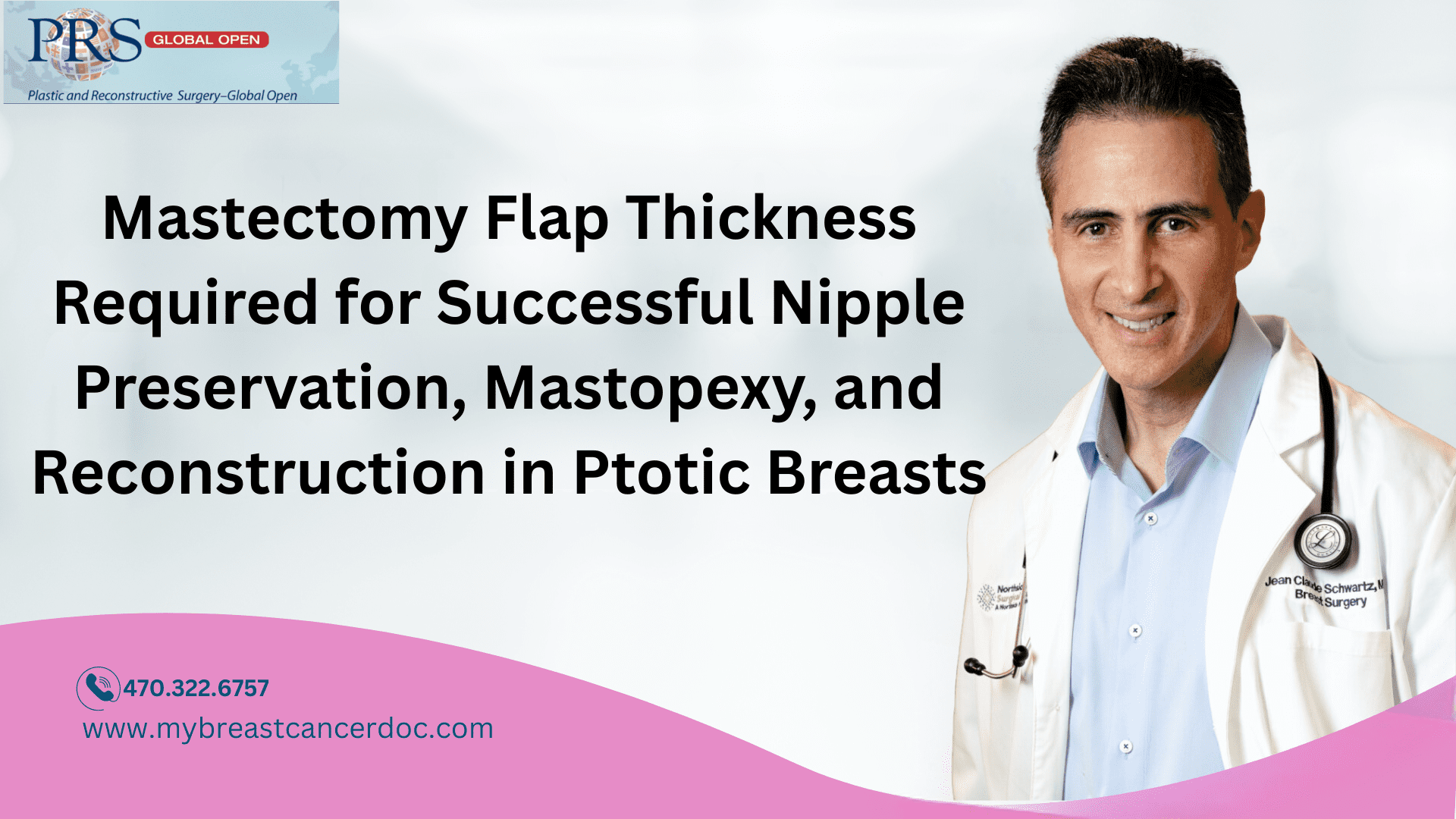
Originally published on PRS Global Open website in May 2025 Although Spear1 initially described a 2-stage approach to nipple-sparing mastectomy (NSM) and implant reconstruction in ptotic patients, several studies have since described NSM, mastopexy, and immediate reconstruction in 1 stage.2 These approaches require both
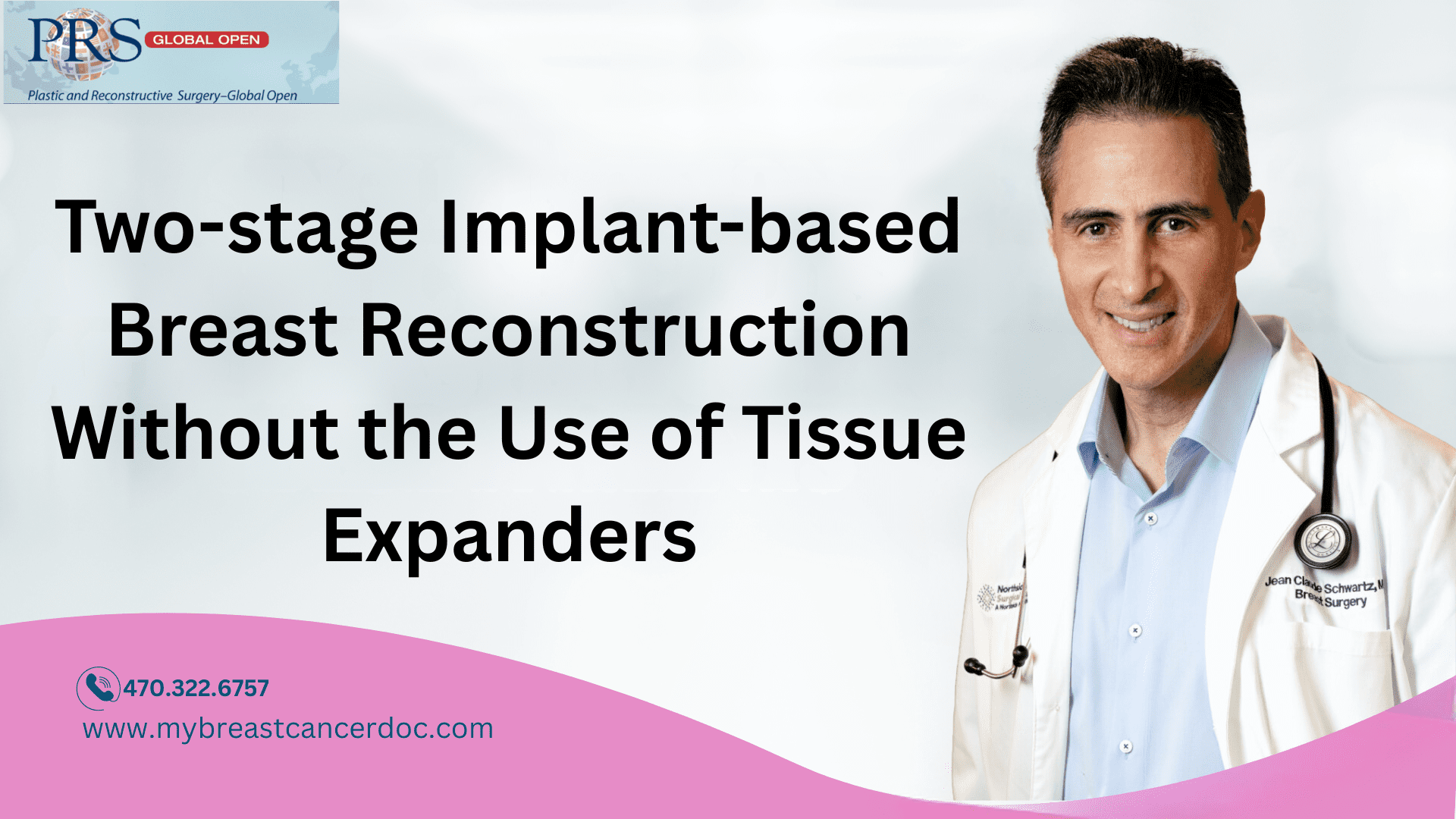
Originally published on PRS Global Open website in May 2025 Abstract Background: The use of a tissue expander (TE) followed by a definitive implant is the most common approach for breast reconstruction after mastectomy. The purpose of this study was to

Originally published on PRS Global Open website in December 2015 Abstract Background: Oncoplastic breast conservation has been classically divided into volume displacement (VD) or volume replacement (VR) techniques. There have been few descriptions of merging these two approaches. This report
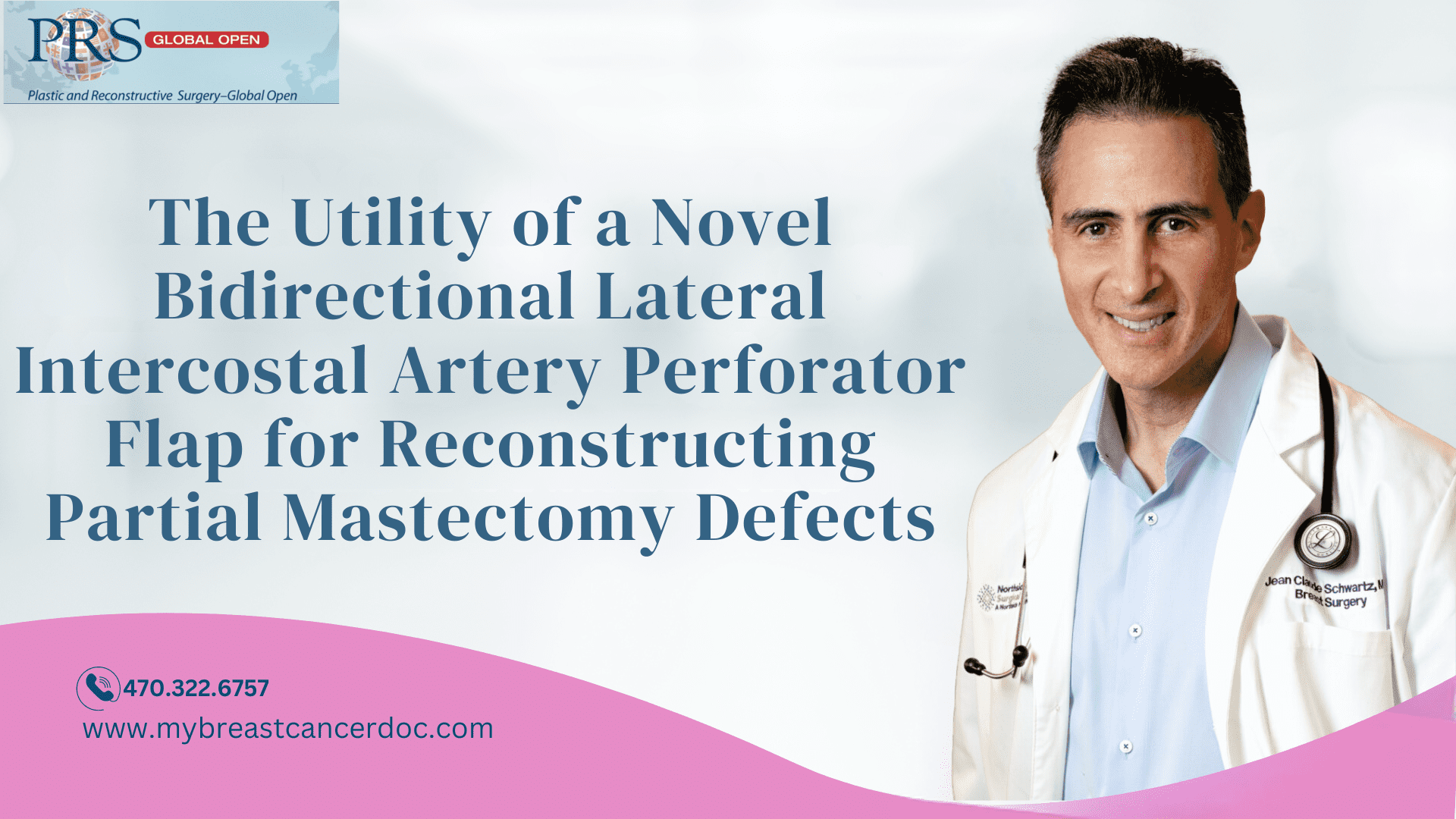
Originally published on PRS Global Open website in March 2024 Abstract Summary: Smaller breasts require volume replacement to allow for breast conservation for large tumor to breast size ratios. The lateral intercostal artery perforator (LICAP) flap is one of the
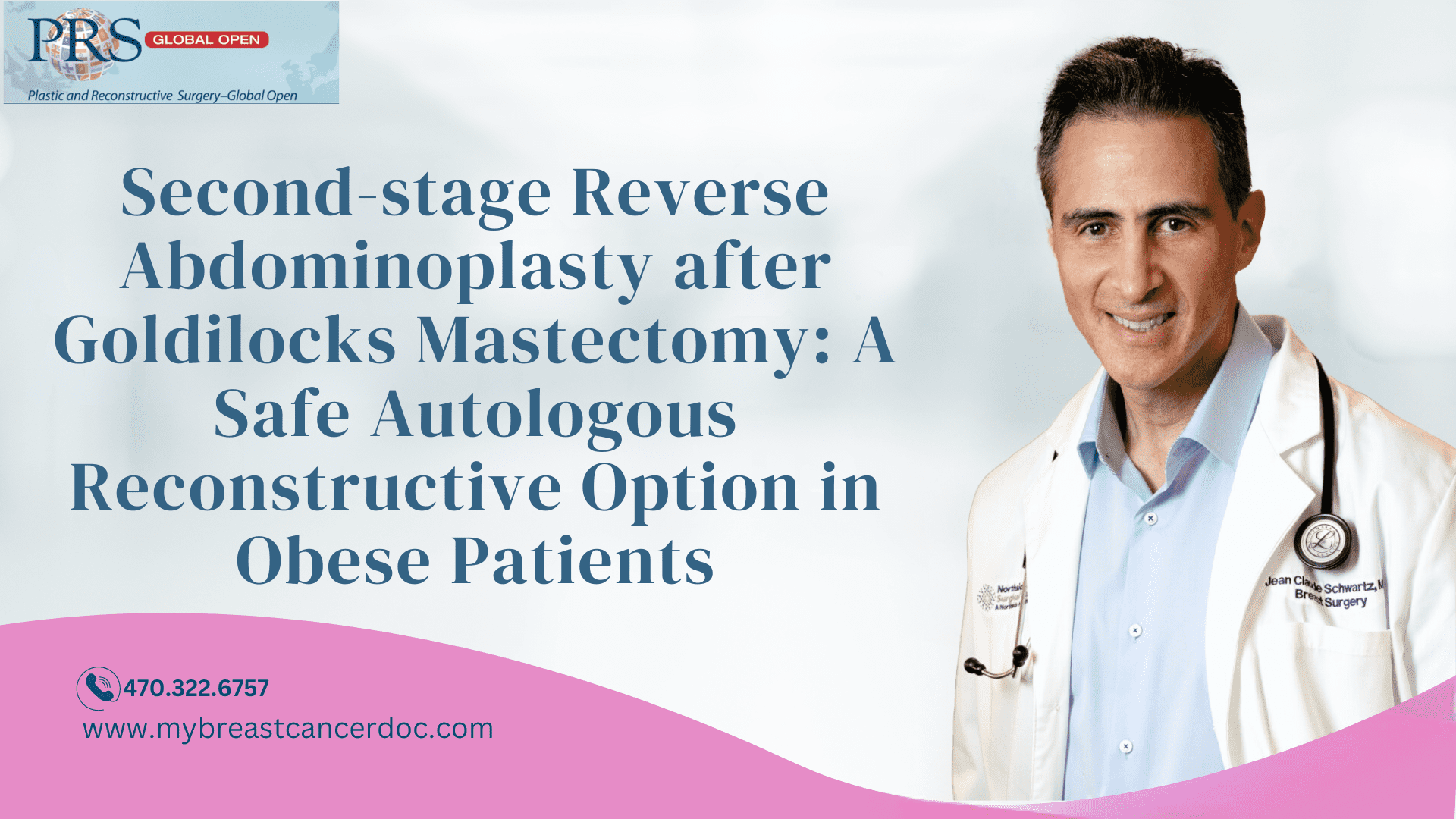
Originally published on PRS Global Open website in December 2015 Abstract Summary: Obese patients undergoing mastectomy have been documented to have improved outcomes after autologous reconstruction. The Goldilocks mastectomy (GM) has been proposed as a low-risk first-stage bridge to a

Originally published on PRS Global Open website in December 2015 Abstract There has been a recent emphasis to offer women who forego reconstruction after mastectomy a surgically optimized flat closure (aesthetic flat closure (AFC)). While this certainly requires attention to details not

Originally published on PRS Global Open website in December 2015 Abstract Summary: Centers of excellence strive for high rates of breast conservation surgery. Given the increased patient satisfaction, evidence for improved survival, decreased rates of complications, reduced costs, and fewer

Originally published on PRS Global Open website in December 2015 Abstract Prepectoral implant-based breast reconstruction has become more common given the reduced dissection, decreased postoperative pain, elimination of animation deformity, and improved aesthetics compared with subpectoral reconstructions. Despite these benefits,
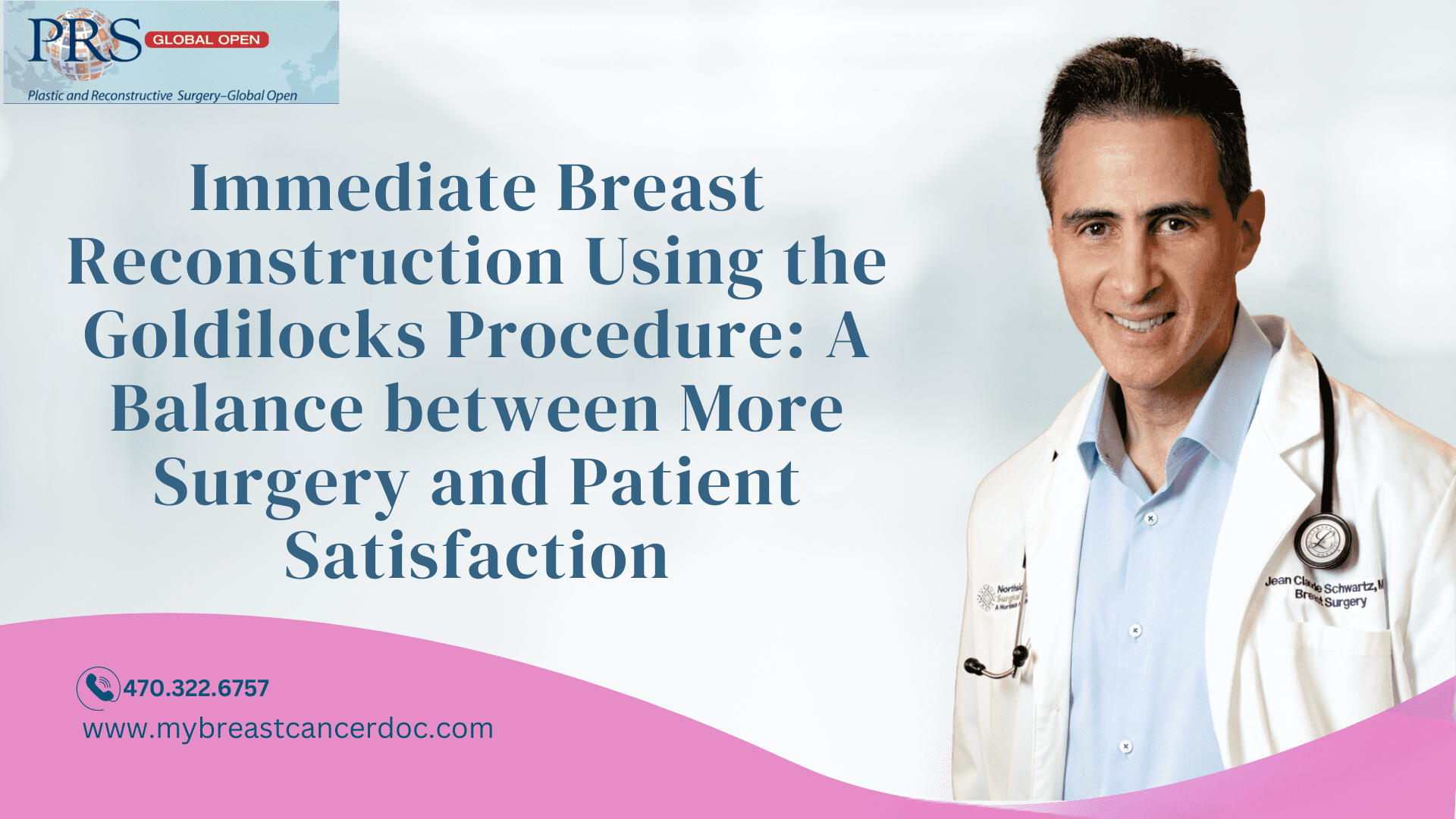
Originally published on PRS Global Open website in April 2023 I read with interest a recent article by Manrique et al. entitled “Immediate Breast Reconstruction Using the Goldilocks Procedure: A Balance between More Surgery and Patient Satisfaction.”1 I congratulate the authors
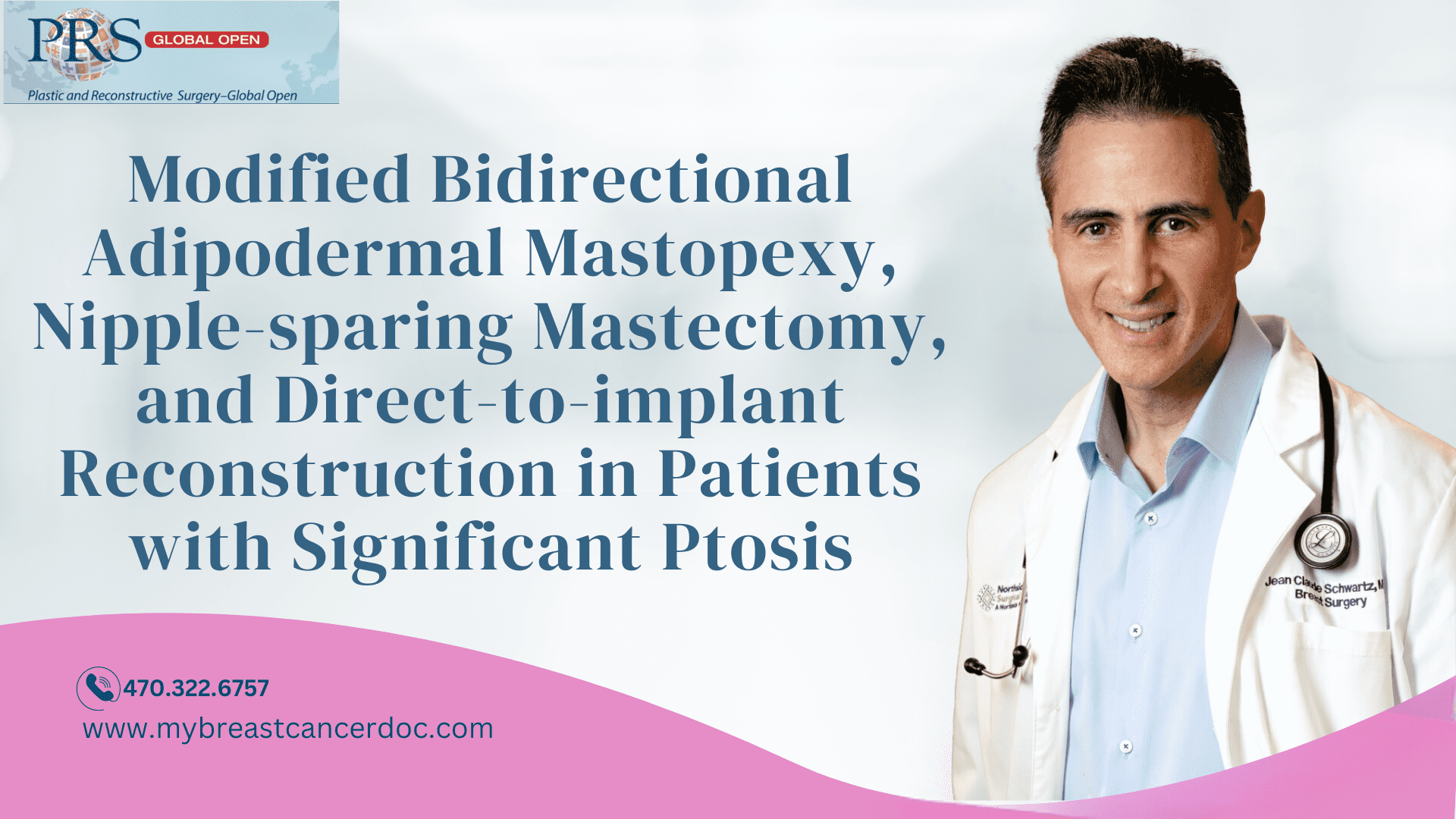
Originally published on PRS Global Open website in November 2022 Abstract Background: Nipple-sparing mastectomy (NSM) and direct-to-implant reconstruction (DTIR) allow patients to complete their surgical care in one surgery. However, for women with significant ptosis, NSM is frequently not offered
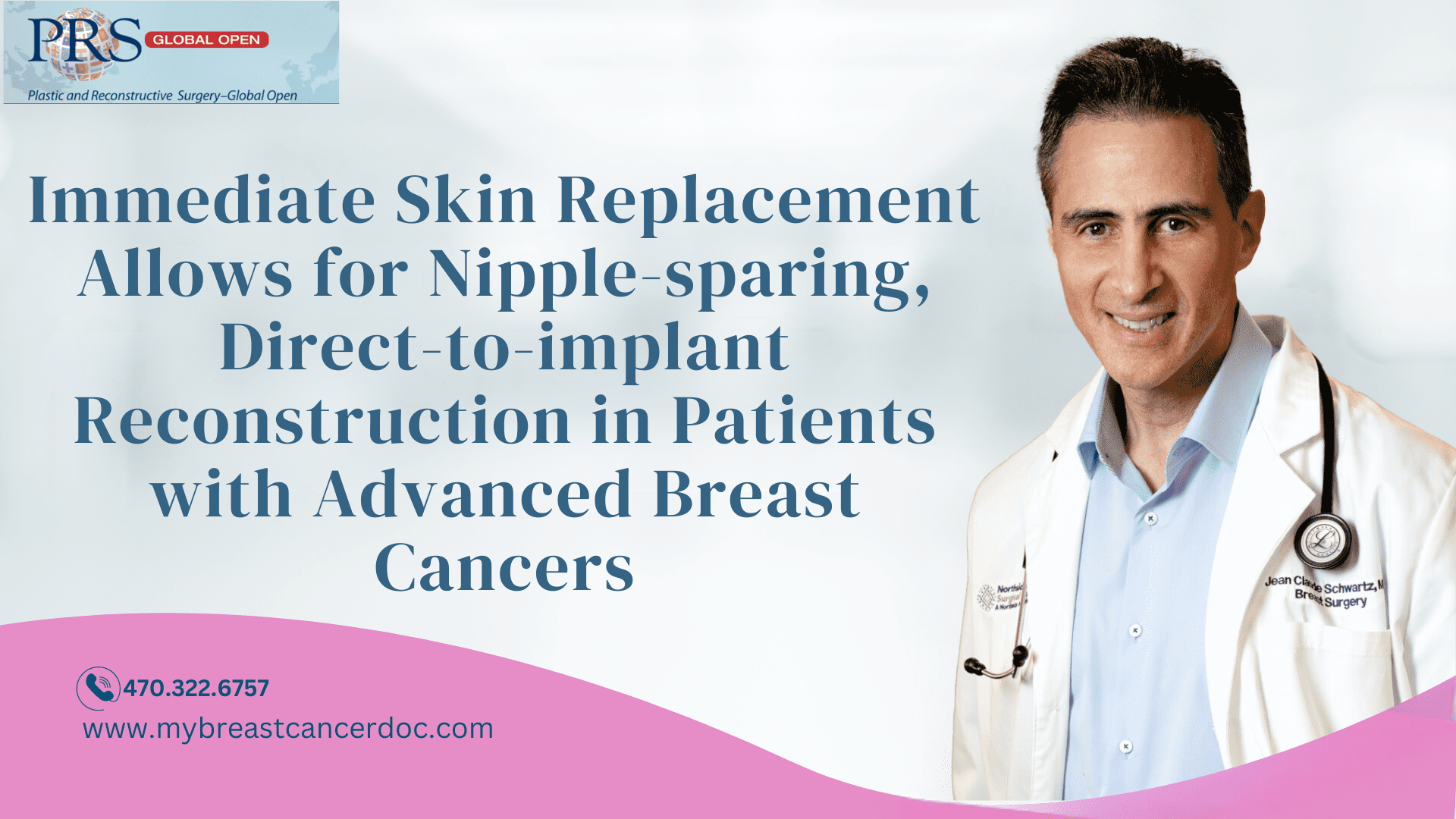
Originally published on PRS Global Open website in February 2022. Abstract Summary: Mastectomy has evolved from approaches that involved extensive skin resection to nipple-sparing mastectomy (NSM). However, patients with advanced breast cancers who require extensive skin resection usually also have
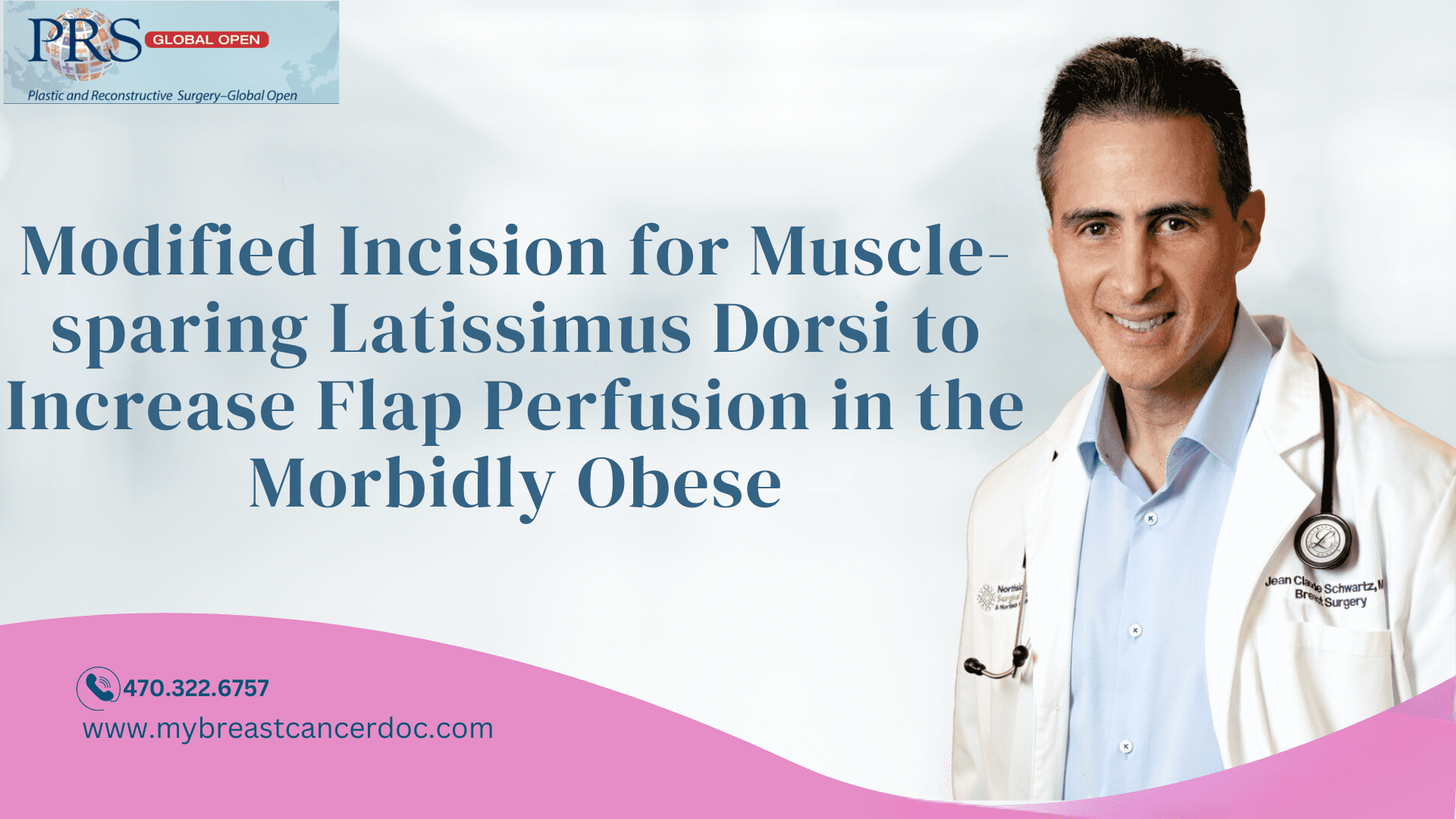
Originally published on PRS Global Open website in November 2021 Abstract Summary: The muscle-sparing latissimus dorsi flap relies on perforators from the descending branch of the thoracodorsal artery. Previous descriptions placed a transverse skin island independent of perforator location, as
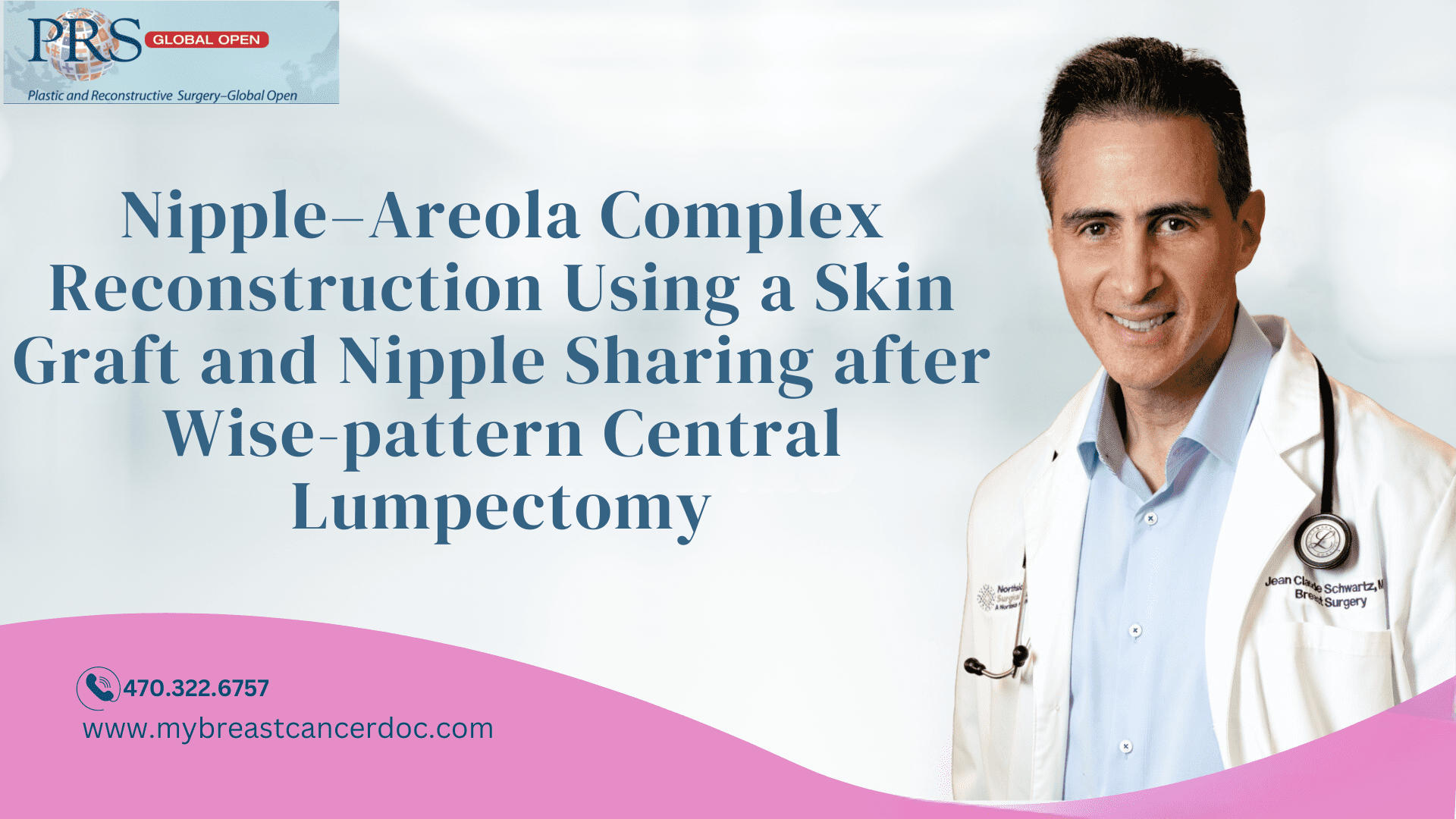
Originally published on PRS Global Open website in April 2021 Abstract Summary Patients with central breast cancers historically underwent mastectomy, as the aesthetic implications of removing the nipple–areola complex and central breast tissue left disfiguring defects after breast conservation. The

Originally published on PRS Global Open website in October 2020 Abstract Background: Postmastectomy reconstruction in obese patients has a significant risk of complications and poor outcomes after implant-based and autologous methods. Here we present 22 consecutive patients with Class III
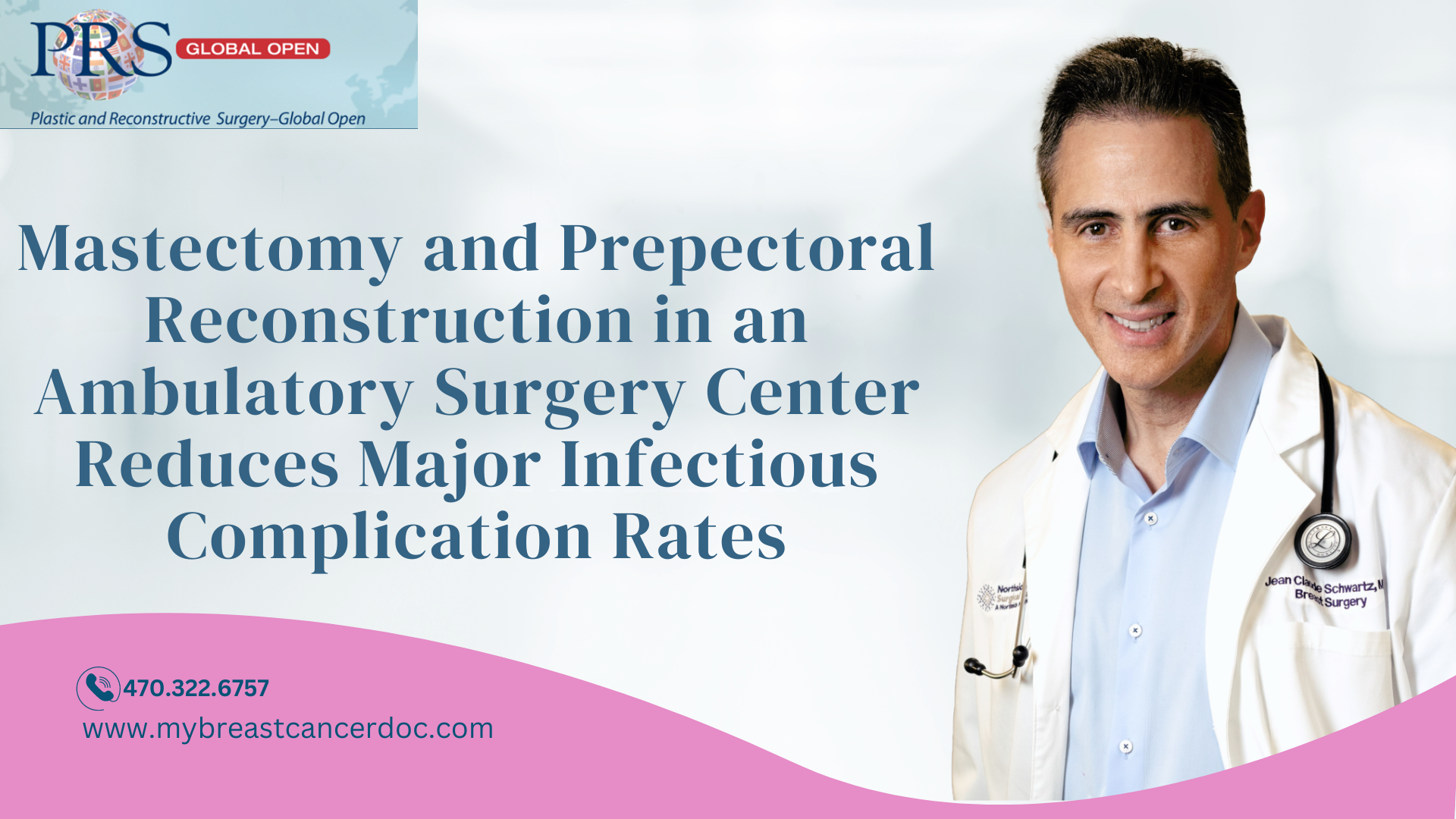
Originally published on PRS Global Open website in July 2020 Abstract Background: Mastectomy and implant-based reconstruction is typically performed in a hospital setting (HS) with overnight admission. The aim of this study was to evaluate postoperative complications and outcomes with
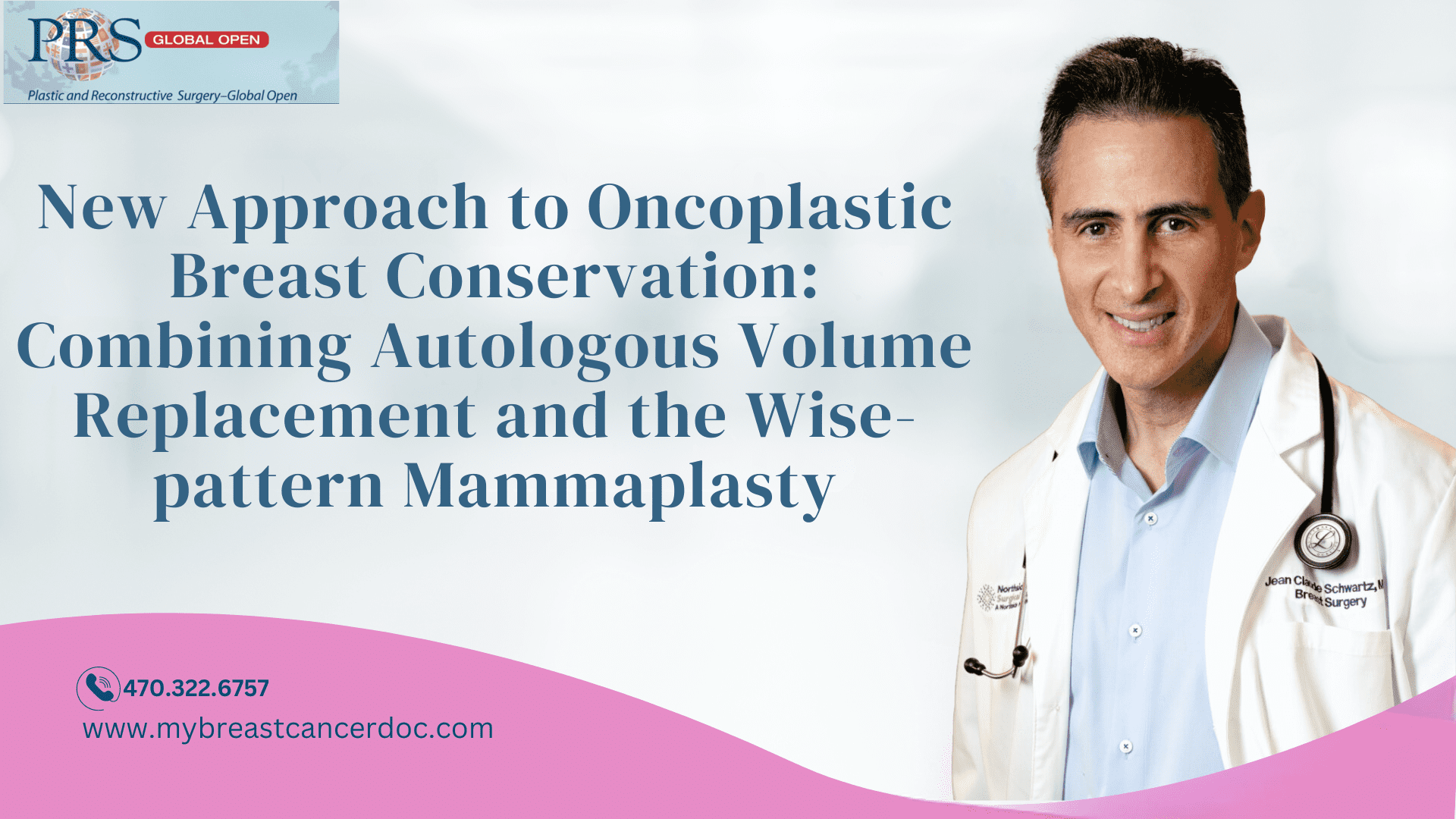
Originally published on PRS Global Open website in October 2018 Abstract Background: Oncoplastic breast-conserving surgery describes a set of techniques that allow for generous oncological resection with immediate tumor-specific reconstruction. These techniques are classically divided into either volume displacement (local
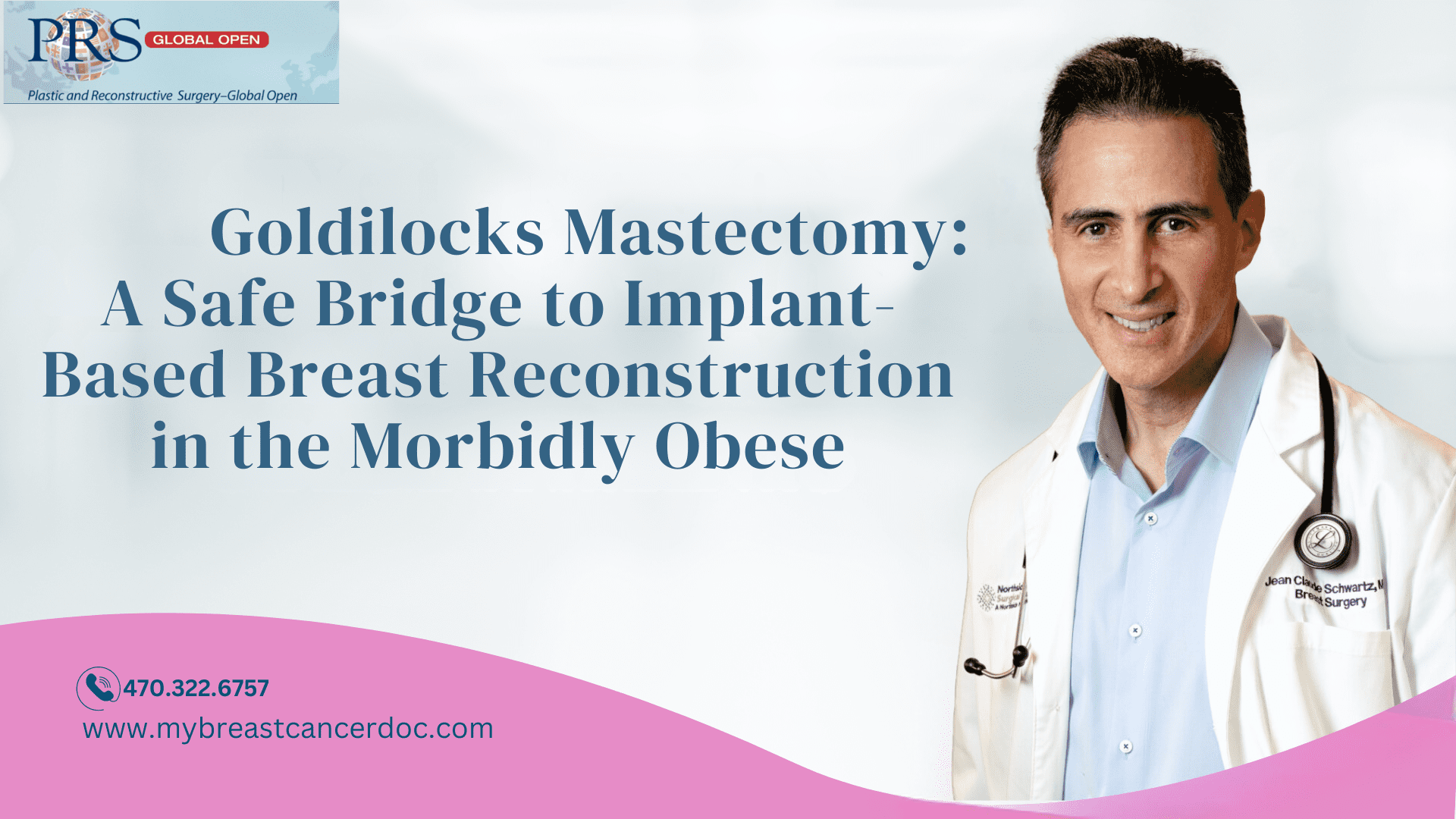
Originally published on PRS Global Open website in June 2017 Abstract Background: Reconstructive surgeons are encountering an increasing number of obese women requiring postmastectomy reconstruction. These patients are poor candidates for autologous and prosthetic-based reconstructions as they have a high

Originally published on PRS Global Open website in December 2015 Summary: Outstanding results are difficult to achieve in postmastectomy reconstructions in obese ptotic patients. We describe an autologous single-stage reconstruction with free nipple grafts that is best suited for these

